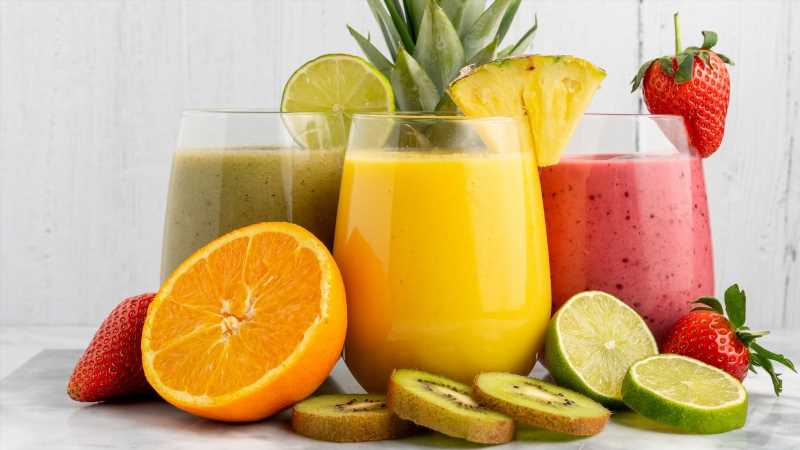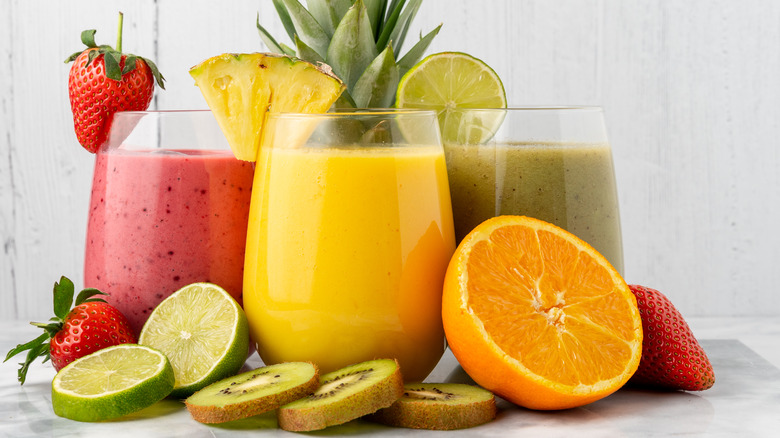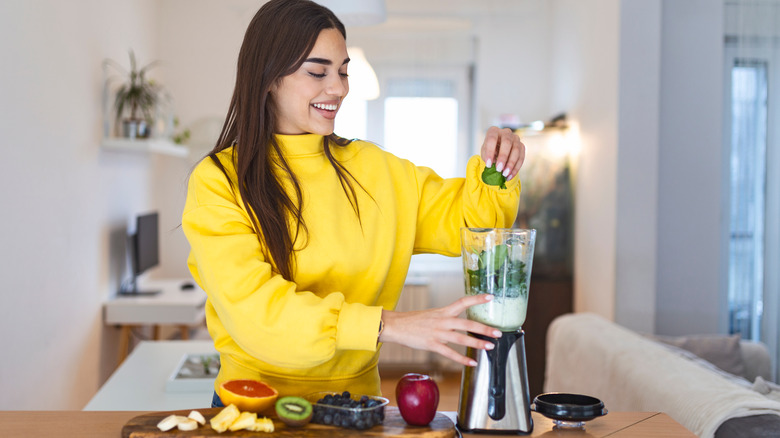Smoothies are to food what your best jeans are to clothes: They’re always an option when you’re pressed for time, and make you feel good on just about any occasion. They’re a parent’s best friend — what better way to get fruits and veggies into picky eaters? — and an easy way to pack in nutrients if you’re not into salads. They’re also ridiculously simple: If you have a blender, some fruit, an ice tray, and a few add-ins, you have the makings of a nutritious breakfast or on-the-go snack in almost no time at all.
But not all smoothies are created equal. Too much of a good thing can make a smoothie awful, and adding ingredients in the wrong order can make the difference between a perfect glass and one that’s too thick or watery. For example, Prevention recommends ensuring the perfect thickness by including fruits like peaches, mangoes, and bananas to your drink. If you’re counting calories or looking for the healthiest option, don’t add any sugar; the sugar in the fruit will be sweet enough. However, you also want to avoid fruit that’s not ripe enough, which will make your smoothie too tart.
Putting ice in a smoothie is a traditional way to create the proper texture without adding fat and calories. The key is to put it in at the right time. Prevention also recommends adding the ice cubes after you’ve tossed in all your other ingredients, which ensures that the nutrients will have a chance to blend in properly.
Add seeds and nut butters for a well-rounded smoothie
But the biggest mistake people make with their smoothies is not maximizing the drink’s benefits. According to Food Network, a good smoothie should include at least three food groups to be considered a truly healthful beverage. Fruits are fantastic, but they’re also high in sugar and carbs, which increase a smoothie’s calorie count and don’t fill you up for long. For the optimal smoothie experience, add greens like spinach and kale; healthy fats like avocado, plain Greek yogurt, almond butter or sunflower butter; and vegan milk alternatives such as oat milk or almond milk. Seeds such as flaxseed and chia seeds can also help give your smoothie the proper thickness. Combined, these ingredients are nutrient- and fiber-dense, and will keep you satisfied ’til your next meal.
If you’re watching your weight, remember that drinking a smoothie isn’t the same as eating a leafy green salad. As Well and Good points out, a large glass of a loaded smoothie can be as calorie- and fat-filled as a regular milkshake. Enjoy your smoothies in small portions and in moderation, and supplement them with balanced meals.
Source: Read Full Article


